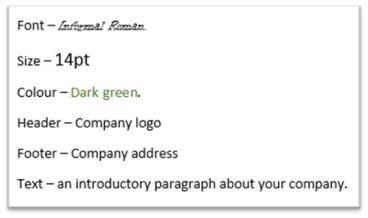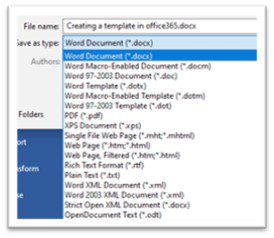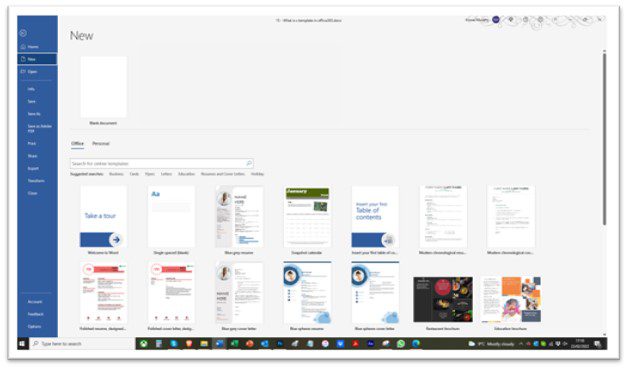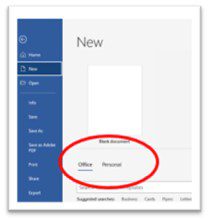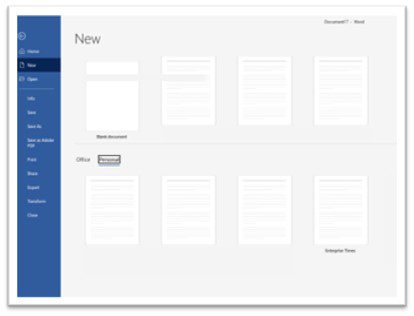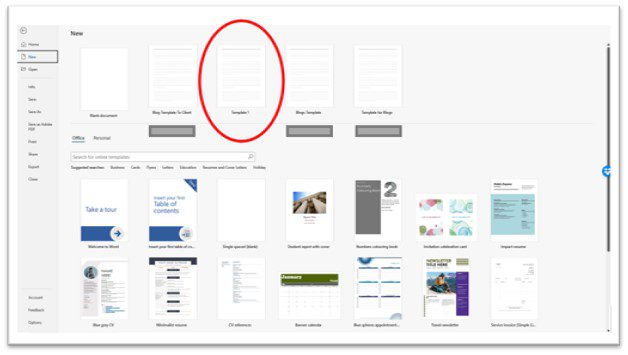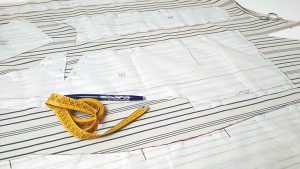
When you create a document in Office 365 you may like a “recipe” to follow. Perhaps the typeface and size to be the same in each and every document you create. Or the same information in the header or footer. Word, Excel and PowerPoint all use templates. There are some that Microsoft has already created for you, or you may like to create a special one for your office so that all your colleagues create very similar-looking documents.
At Enterprise Times, we use templates for Word, Excel and PowerPoint, and they are a significant time saver. We also use templates in our task management software. Most task management and PPM solutions have templates that can save a lot of time as well.
For the most part, a template not just looks good but saves you a great deal of time not having to recreate a look and feel to the document. Especially when using the company colours that have to be correct.
Word by default uses the Normal template for each document you create. It is quite simple as holds the size of page, margins, front type, and font size.
Things that a Word template can hold:
- Text – standard content such as text tables and paragraphs
- Styles
- Macros
- Keyboard shortcuts
- Customised toolbars
- Modification of the Quick Access Toolbar (QAT) and ribbons
- Building blocks
- Auto text entries
- Images
- Calculations
- Page size and layout
How to start
Firstly, I would suggest that you collate a list of the items you believe you need in a template. i.e. front, size, colours, styles, items that will always be included, any keyboard shortcuts and macros.
Once you have created this list you can then create a document with all these features and then once finalised and saved, you can save it as a template. Alternatively, you can create a template straight off without creating a document first. It’s entirely up to you and the complexity of your document.
Example of items in a simple word template:
How to create a template
- Type the paragraph that is to be always available for these types of documents.
- Format it in the manner you require.
- Add any images or diagrams that are required in every future document.
- Save the document as a normal *.docx
- Revise this document as needed.
- When satisfied it is correct, save it as a template.
How to save a template
Documents you create from any template automatically have the extension of “.docx”. a template has the extension of “.dotx”.
For this example, I am in MS Word so when you select [Save As] to save this template you have the ability to save the document in many different formats. We need the Template.
Template is found 4th from the top. (A macro enabled template is found 5th from the top).
- Select the Word Template (*.dotx)
The Save dialog box appears.
In the address line please note that it automatically points you to the Custom Office Templates folder.
I would suggest that you keep your templates here as they will be automatically available to you when you wish to choose one when creating a new document.
- Select [OK].
- Close the document!
Please remember to close that document as it is now the template. If you don’t and start to type and insert new items, you will end up saving those into your template by mistake at the end of the day.
How to access a template to create a new document
- Select [File] tab.
- Select [New] from the list.
Your screen will look something like this.
There are many templates in the lower part of this window that Microsoft have given you access to. Enjoy the five minutes you sometimes have looking through these to store away in your memory for later.
- Locate the word [Personal] just under the Blank Document image.
- Select [Personal].
You will see all the templates that you have created yourself are here. My latest one is [Enterprise Times] at the bottom right.
- Click on the image of your new template.
A new document using that template will open, for you to fill in all the details as required for each new document.
The next time you need to use this template you will see it on the first screen above the many that Microsoft show. Then all you need to do is click on the template you desire and away you go.
Using a Shortcut key to repeat a command in Microsoft Office

